5 things Microsoft did right during its E3 Xbox One X event
Microsoft got a lot right with its One X reveal. Here are my picks for the top five things it nailed, and why they matter.
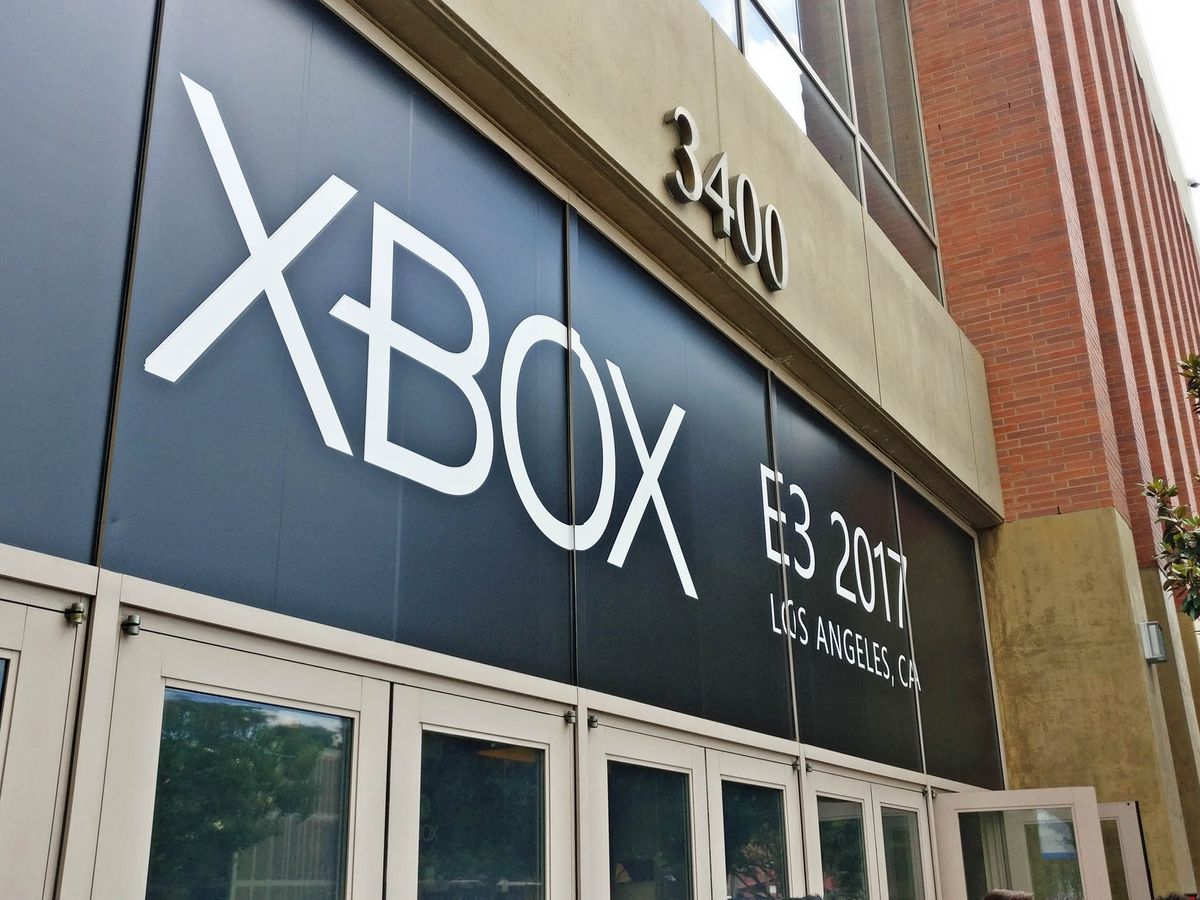
The gaming world is still reeling from Microsoft's 90-minute reveal of the future of Xbox gaming. After giving it some thought, these are my favorite things about what was announced.
Messaging is everything, and Microsoft had a challenge on its hands: How to convince people that "Project Scorpio" is a true evolution of Xbox One and not a clean break that raises the entry-level cost? I think Microsoft nailed it. Here's how.

1. Xbox One X name
When companies name products there are often mini-tantrums thrown by the enthusiast community that garner a lot of attention. Microsoft chose Xbox One X as the official name for "Project Scorpio, " and it's an excellent one for a few reasons:
- It continues the "Xbox One" naming scheme to reinforce that One X is just a higher-end version of the One S.
- It's a throwback to its history. The slogan "nothing is greater than the power of X" goes back to the original Xbox launch, and I thought it was a brilliant throwback to Microsoft's gaming legacy.
- When I hear "X," I usually think of top-secret projects, futurism, or "extra" as in XL. And X is just kind of a cool letter. It even adds symmetry to the name X … X.
2. Xbox One X design
Related to the above messaging, Microsoft needed to avoid a radical shift in design for the One X. The first thing you likely thought when you saw it for the time was "Hey, that looks a lot like the One S … but slightly different." That was the point. Going all-black, too, was a throwback to the original Xbox and Xbox One as and something that was missing from One S.
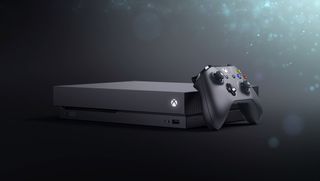
Regarding the actual design, Microsoft kept the power supply internal and made the whole console even smaller than the One S. Those are both wins. It also doesn't hurt that I like the design of One S, as I noted in my review last year:
Overall, the Xbox One S's design is unique, and it almost has a retro vibe. It lacks the ostentatious elements that usually afflict gaming PCs with hard angles and glowing lights. Instead, the One S is subtle, muted, and it reminds me of the work of German industrial designer Dieter Rams … less is more.
Microsoft needed to play it safe with the design. Luckily, the One S template was a great place to start for the One X. In fact, the design is so uncontroversial it's almost boring. But I still like it.
3. Preserving OG Xbox games
Microsoft's backward compatibility program for the Xbox 360 is so successful it is rolling it back to the original Xbox. Sure, that's just a cool thing for gamers – more stuff – but it was the way Xbox head Phil Spencer presented it that got me: preserving gaming history.
Get the Windows Central Newsletter
All the latest news, reviews, and guides for Windows and Xbox diehards.
Seventy-five percent of silent films have been lost forever, and the same thing could happen to games unless someone preserves them digitally. It may seem trivial, but developers and game designers sweat blood to make a lot of titles. Why lose that just because of a new whizzbang console?
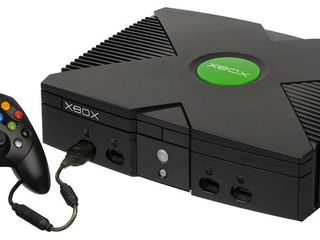
Bringing compatibility to the original Xbox is more than just servicing hardcore fans. It's about preserving gaming history. That's authentic and admirable.
4. Diversity of games and exclusives
I remembered watching all the new game announcements two years ago at Microsoft's E3 presser. Sure, it was fun and bombastic as ever, but many of the games were military-style first-person shooters (FPS).
I get it, those are popular franchises, but as a more casual gamer who could not care less about Call of Duty whatever, I was bored. This year's lineup was spectacular. Between platformers, FPS, and RPGs, there was something for everyone. Some ultra-violent titles like State of Decay 2 looked fun, but then there was Forza Motorsport 7 for racing buffs. And who didn't get excited about the new Ori sequel or that Dragon Ball Z (DBZ) game? I'm not even into DBZ, and I was like "WANT!"
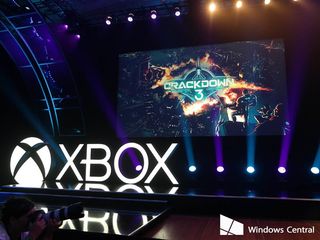
Phil Spencer said he tried to find artists and creators from around the world to bring unique and engaging games to Xbox. After seeing the lineup that felt authentic, because there were so many different art styles showcased. Gaming in 2017 should be about diversity of style, gameplay, and design. Microsoft did that well, and it was refreshing.
Finally, Microsoft came out the gate with 22 exclusives for the One X answering that lingering question, "Yeah, but what can I play on it?" While we knew of Forza Motorsport 7 and existing titles like Gears of War 4 going to 4K, it was a relief to hear there are many launch titles, as well. Getting console exclusives, even the less impactful console exclusives, is essential to generating hype, and Microsoft gave everyone a pleasant surprise.
5. Price
Yeah, I'm going there. Even before the announcement, there were rumors of the $499 price point floating around backchannels. The gaming elite and media – an insular crowd – had already declared it dead. The issue was old school thinking, or that this was a generational shift in consoles, a clean break leaving One and One S behind in the dust. I understand how the "console wars" are viewed, but it's also evident that this model is changing. Companies can no longer do clean breaks, and the One X is not that.
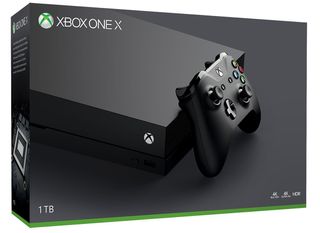
The other aspect is demographics. Your average Xbox player is now 35 years old. Sorry, kids. As an "old" myself, my generation was the first to grow up on living room gaming consoles. I fondly remember our ColecoVision or playing on my cousin's Atari 2600. We grew up and didn't stop playing video games.
Now we have careers and disposable income. I've pointed this out before with the $4,000 Razer Blade Pro, which is not aimed at 20-year-olds but adults with income because that's a thing now that did not exist ten years ago. Companies should be catering to adults who game that want a premium experience. Of course, Microsoft should not forget young adults, either. But the artificial $399 barrier should not be kept in place because of them. Microsoft just dropped the price of the One S to $250, making sure it can hit that lower, super competitive tier.
In 2017, we have pricing and feature levels for TVs, phones, PCs, coffee makers, bathroom scales, wearables, and everything that is electronic. The idea that gaming consoles should be locked to some nonsense barrier because of legacy is stupid. And considering the specifications of the One X and its ability for true 4K gaming, the $499 price compared to a PC build is a downright bargain.
Luckily, many of you seem to get this, which I attribute to Microsoft's excellent announcement execution. In our ongoing poll, nearly 75 percent of you say you will buy the One X with only 8 percent saying "no way, it's just not worth it."
Wrapping up
There is a lot of risk in announcing new gaming consoles, let alone ones that are trying to break tradition release cycles. Microsoft could have flubbed the One X's presentation in many ways, including with a terrible name or a radical redesign that confused consumers about where it fits. By keeping it looking like the One S and using the same nomenclature, Microsoft made it clear that the One X is just a high-end version of One S and not a new system that plays different games.
Finally, by diversifying the game announcements, getting that big exclusive number out in front, and preserving original Xbox games, Microsoft catered to the entire gaming audience.
While it remains to be seen how well One X will be received, there is a lot of positivity following the announcement, and that's good for everyone (even Sony fans).

Daniel Rubino is the Editor-in-chief of Windows Central. He is also the head reviewer, podcast co-host, and analyst. He has been covering Microsoft since 2007 when this site was called WMExperts (and later Windows Phone Central). His interests include Windows, laptops, next-gen computing, and wearable tech. He has reviewed laptops for over 10 years and is particularly fond of 2-in-1 convertibles, Arm64 processors, new form factors, and thin-and-light PCs. Before all this tech stuff, he worked on a Ph.D. in linguistics, performed polysomnographs in NYC, and was a motion-picture operator for 17 years.